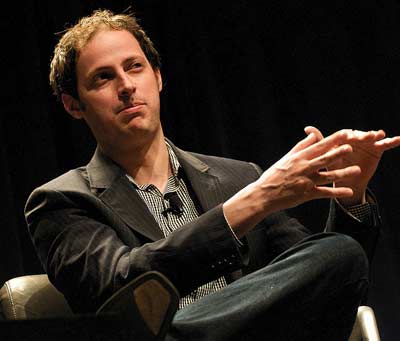
At this point almost everyone has heard of Nate Silver, the NYT polling analyst who had all the pundits looking stupid on election night. Silver managed to call every state exactly right. He ignored the gibberish about momentum or voters’ moods and simply focused on the data given by the various polls taken in the final weeks of the campaign.
While Silver’s work has likely permanently transformed election coverage, it is interesting to think about a similar analysis being applied elsewhere, for example the debate over the budget. Suppose that we had someone focused on actual data involved in the budget debate instead of the silly rhetoric coming from the Republicans and Democrats.
The first thing that a Nate Silver would likely point out in discussing the budget is that the large deficits of the last few years cannot be attributed either to either extravagant social spending or the Bush tax cuts. The reality that neither Republicans nor Democrats like to acknowledge is that deficits were relatively modest until the economy collapsed in 2008.
The data here is straightforward and not debatable. The Congressional Budget Office (Table 1-1) reports that the deficit in fiscal year 2007, the last full year before the downturn was 1.2 percent of GDP. We can run deficits of 1.2 percent of GDP forever. At this level, the debt to GDP ratio was falling. Furthermore, the deficit was projected to remain in this neighborhood until 2012 when the expiration of the Bush tax cuts was expected to bring the government to a small surplus.
The reason that we got deficits of close to 10 percent of GDP in 2009 and 2010 and continuing large deficits through the present is that the economy collapsed. This led to a plunge in tax collections and increased spending on programs like unemployment insurance and food stamps. There were no large unfunded increases in social spending since 2007 nor where they big permanent tax cuts.
While we did have both spending and tax cuts as part of stimulus packages, these were explicitly temporary efforts to boost the economy. Had the economy not collapsed, there would have been no reason for this policy. In short, a Nate Silver of the budget debates might force people on both sides to acknowledge that the large short-term budget deficits are simply the result of the economic downturn caused by the collapse of the housing bubble.
There are still those scary stories of exploding debt and deficits that the Peter Peterson types like to flaunt. Someone focused on evidence and data would point out that the projections of exploding budget deficits are driven almost entirely by projections of exploding health care costs. If age-adjusted health care costs did not radically outstrip the growth in GDP, then the projections for debt and deficits 10, 20, or 30 years out would not look nearly so scary.
Furthermore, a Nate Silver type might point out that the CBO projections for exploding health care costs are somewhat dubious. As a recent Federal Reserve Board study points out, the CBO projections imply that non-health care consumption will be declining if there private sector health care costs rise at the same pace as public sector costs. Alternatively, the CBO projections would imply sharp divergence between per person costs in the public sector and costs in the private sector, something that we have not previously seen. The CBO projections also imply an ever-growing disparity between the per person cost of health care in the United States and the cost in other countries, a gap that might prove difficult to sustain given the ability of people to travel across national borders.
In addition to the implausibility of these projections going forward, a Nate Silver type would likely point to the past high-side bias in CBO health care cost projections. In 1995, CBO projected that Medicare spending would be equal to 4.0 percent of GDP, while Medicaid spending would be 2.0 percent of GDP (Table 2-14). The actual numbers for 2005 were 2.7 percent and 1.5 percent. This means that CBO’s projections overstated actual health care spending on these programs in 2005 by more than 25 percent.
Given this track record, a Nate Silver in the budget analysis business would treat the CBO projections for health care cost growth the same way that Nate Silver treated the polling results showing a Romney lead from Gallup. While the sequence of Gallup polls through time may provide information about trends among voters, to use the polls to make a projection about the election it was necessary to adjust for the underlying bias. A comparable adjustment to the CBO numbers would largely destroy the basis for the long-term term deficit horror story that occupies center stage in Washington today.
Unfortunately there is no one like Nate Silver in the budget debates who can force the participants to look at logic and evidence. For the foreseeable future the budget debate will be dominated by the Karl Roves of both political parties. This is too bad, because the Karl Roves in the budget debate don’t just want to mislead us about Governor Romney’s election prospects; they want to take away our Social Security and Medicare.
Join us in defending the truth before it’s too late
The future of independent journalism is uncertain, and the consequences of losing it are too grave to ignore. To ensure Truthout remains safe, strong, and free, we need to raise $17,000 by midnight tonight. Every dollar raised goes directly toward the costs of producing news you can trust.
Please give what you can — because by supporting us with a tax-deductible donation, you’re not just preserving a source of news, you’re helping to safeguard what’s left of our democracy.